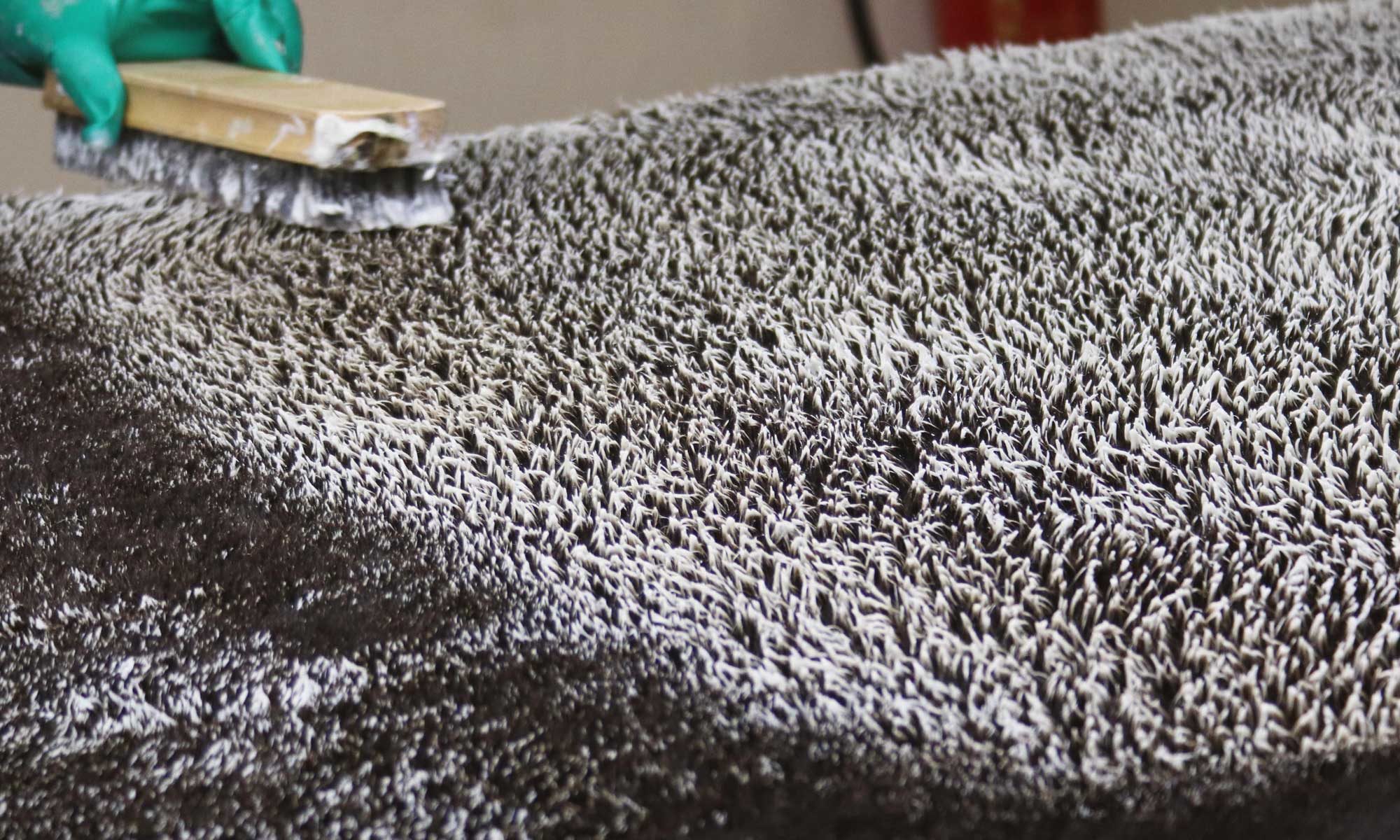If we noticed one thing in the factory tour at Steiff-Schulte, that they really still produce with real craftsmanship. We were allowed to look at how countless rolls of yarn created a big spool and how the traditional weaving machines turned this into a roll of raw mohair.
The fibers are all still unopened and except for the different pile height, the different rolls of raw (string) mohair look very similar.
Of course, we also wanted to know how the complex process proceeded. The raw mohair actually feels very much like “teddybear”, but there is still a long way to go before the end product can be used.
The first step after weaving is dyeing the fabric. In our small video you can see how the the dyeing process works.
Would you like to dye raw mohair yourself?
No problem, we have environmentally friendly textile dye from RIT for you on our website. As well as a selection of different raw mohair fabrics.


